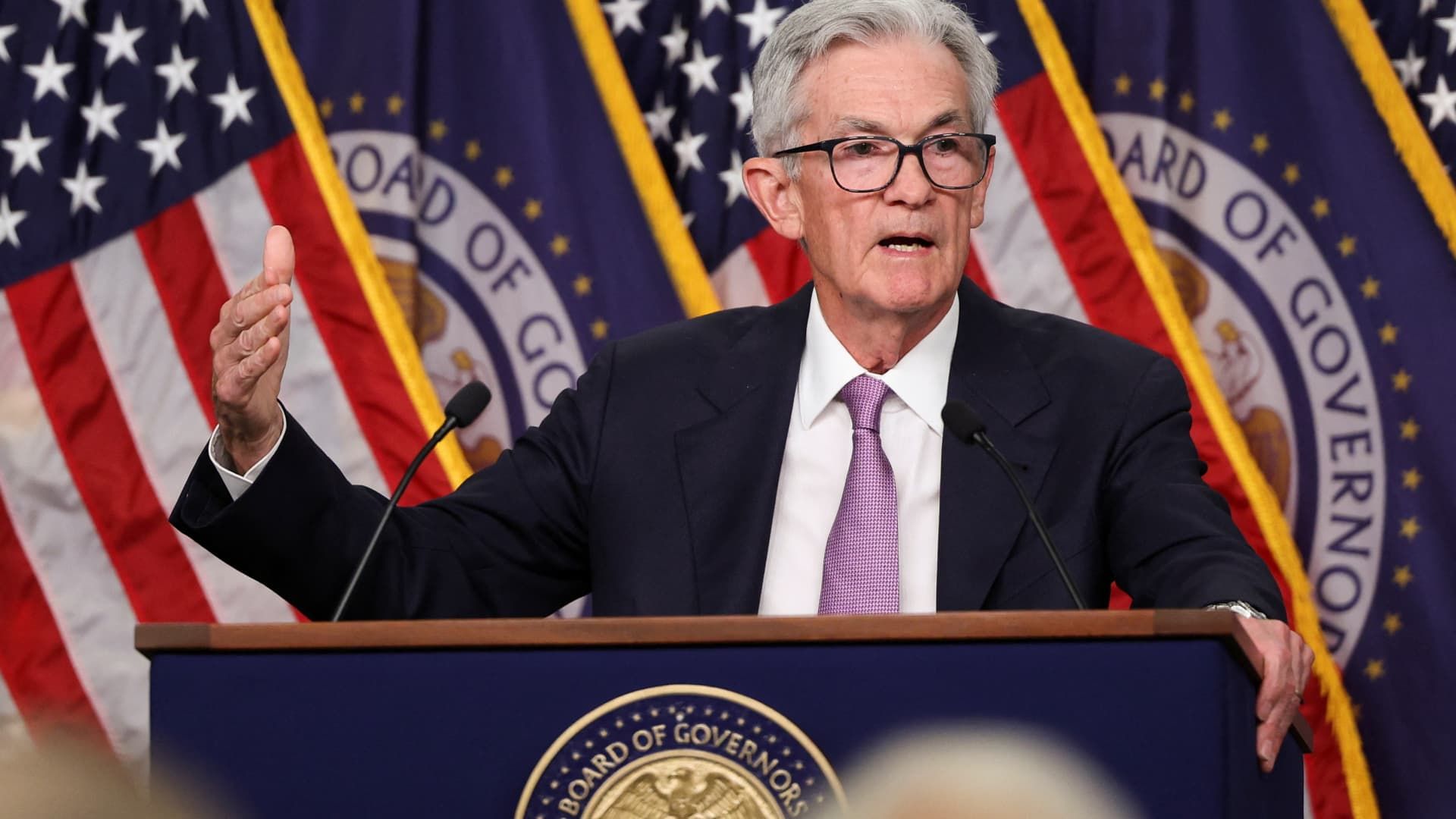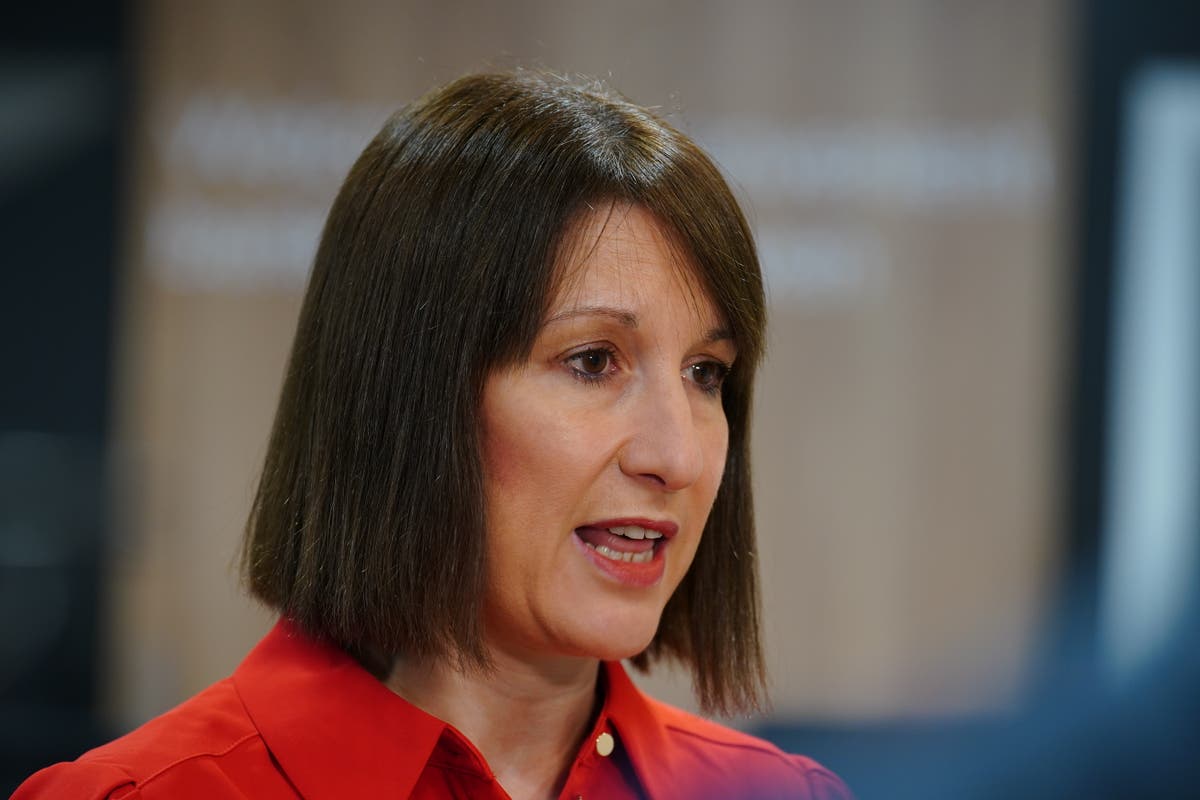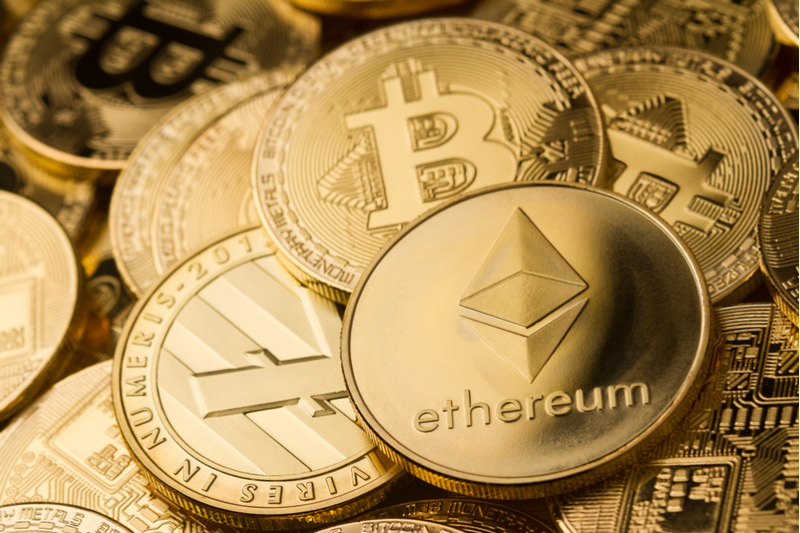Federal Reserve Board Chairman Jerome Powell holds a news conference following a two-day meeting of the Federal Open Market Committee on interest rate policy in Washington, U.S., on September 18, 2024. REUTERS/Tom Brenner
Tom Brenner | Reuters
Falling interest rates are usually good news for banks, especially when cuts are not a harbinger of recession.
That's because lower rates will slow the migration of money that occurred over the past two years as customers moved cash out of checking accounts and into higher-yielding options, such as certificates of deposit (CDs) and money market funds. .
When the Federal Reserve cut its benchmark rate by half a percentage point last month, it marked a turning point in its management of the economy and telegraphed its intention to cut rates by another full two percentage points, according to the central bank's projections. improving prospects. for banks.
But the road likely won't be easy: Lingering concerns about inflation could mean the Federal Reserve doesn't cut rates as much as expected and Wall Street's projections for improvements in net interest income (the difference in what a bank when lending money). or investing in securities and what it pays to depositors—may need to be reduced.
“The market is bouncing based on the fact that inflation appears to be reaccelerating, and you wonder if we'll see the Federal Reserve pause,” Chris Marinac, director of research at Janney Montgomery Scott, said in an interview. “That's my fight.”
So when JPMorgan Chase Following the release of bank results on Friday, analysts will be looking for any guidance managers can give on net interest income in the fourth quarter and beyond. The bank is expected to post $4.01 per share in earnings, a 7.4% drop from the same period a year ago.
Known unknowns
While all banks are expected to ultimately benefit from the Fed's easing cycle, the timing and magnitude of that shift is unknown, based on both the rate environment and the interaction between asset sensitivity and liabilities of a bank to the fall in rates.
Ideally, banks will enjoy a period in which funding costs fall faster than yields on income-producing assets, boosting their net interest margins.
But for some banks, their assets will actually fall faster than their deposits in the early stages of the easing cycle, meaning their margins will take a hit in coming quarters, analysts say.
For large banks, NII will fall 4% on average in the third quarter due to tepid loan growth and a delay in deposit repricing, Goldman Sachs banking analysts led by Richard Ramsden said in a Sept. 1 note. of October. Deposit costs for large banks will continue to rise in the fourth quarter, according to the note.
Last month, JPMorgan alarmed investors when its chairman said expectations for NII next year were too high, without elaborating. It's a warning that other banks could be forced to give, analysts say.
“Clearly, as rates go down, there is less pressure on deposit appreciation,” JPMorgan Chairman Daniel Pinto told investors. “But as you know, we are quite sensitive to assets.”
However, there are trade-offs. Lower rates are expected to help the operations of big banks on Wall Street because they tend to see higher transaction volumes when rates are falling. Morgan Stanley analysts recommend owning Goldman Sachs, bank of america and citi group for that reason, according to a research note dated September 30.
Regional optimism
Regional banks, which bore the brunt of the pressure from higher funding costs when rates were rising, are seen as the biggest beneficiaries of the rate drop, at least initially.
That's why Morgan Stanley Analysts upgraded their ratings on US Bank and sions last month, while reducing their recommendation on JPMorgan to neutral from overweight.
Bank of America and Wells Fargo have been lowering expectations for NII throughout this year, according to Portales Partners analyst Charles Peabody. That, along with the risk of larger-than-expected credit losses next year, could lead to a disappointing 2025, he said.
“I've been questioning the pace of increase in NII that people have built into their models,” Peabody said. “These are dynamics that are difficult to predict, even if you are the management team.”










